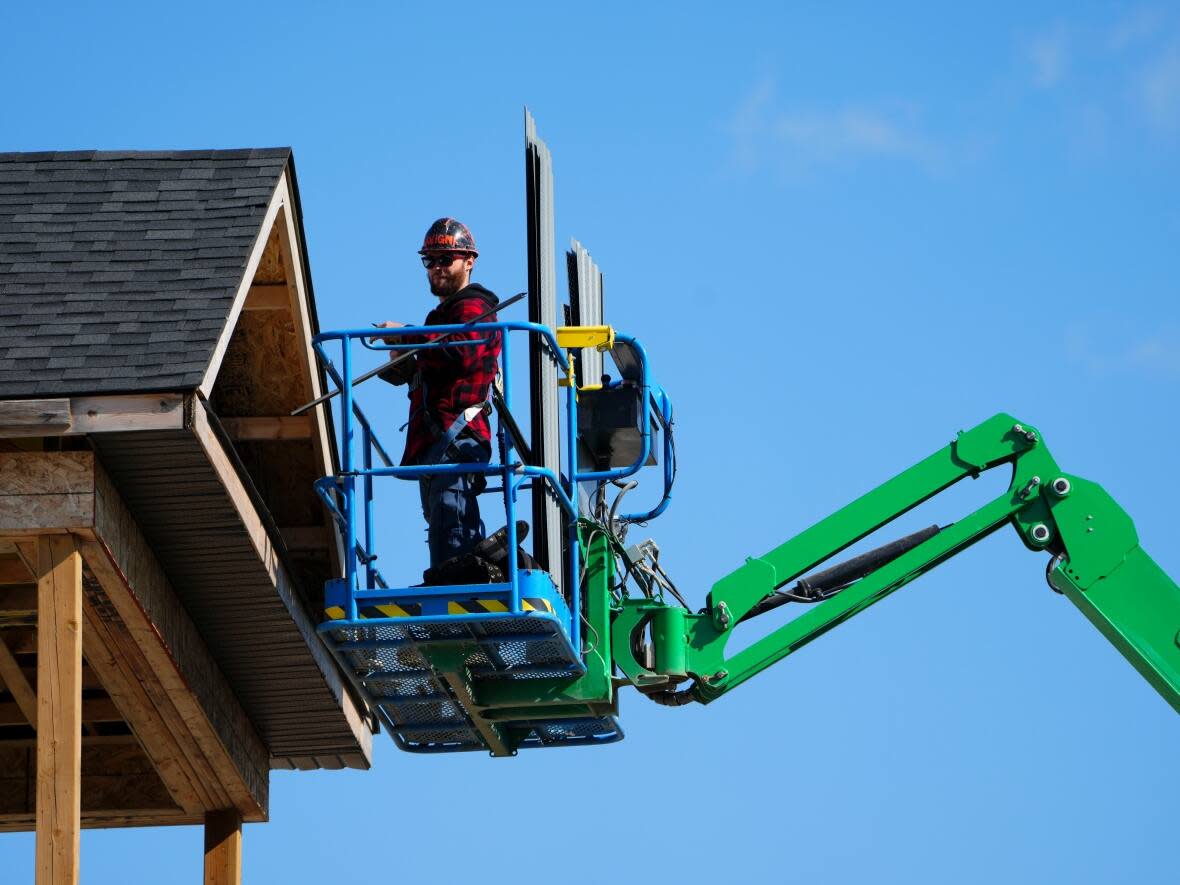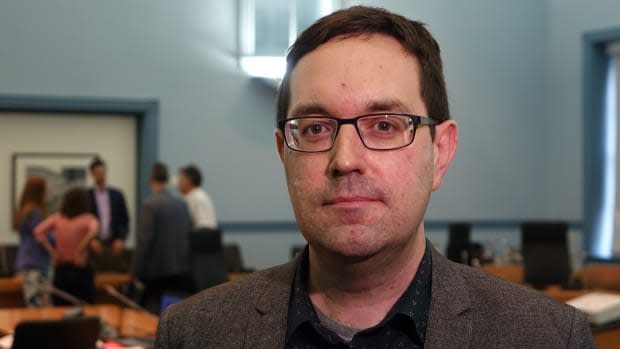'The devil is in the details' of updated official plan given back to Ottawa

Not everyone is a fan of the changes to Ottawa's development guidelines the province sent back late last week.
The modified official plan is meant to chart the path for development in Ottawa until 2046. The city can't appeal the changes, according to the province.
The plan will now allow for nine-storey buildings to be built in "minor corridors" in the downtown core, up from the four-storey buildings city council approved in 2021.
In inner and outer urban areas outside of the downtown core, the plan allows for six storeys, also higher than the four-storey buildings council previously agreed to.
Additional areas, such as Findlay Creek and the South March area, are also being designated for urban expansion.
Stittsville Coun. Glen Gower isn't convinced the plan will help increase the housing supply, including more affordable homes, as the province and local home builders' association says it will.
"The devil is really in the details," he said.
"We need to see the math and the assumptions that the province is used to make these changes before we can really evaluate how effective it's going to be."

Gower said "a whole section" surrounding the protection of tenants from rent evictions was taken out of the original plan, leaving him concerned. He added that the original plan also urged for any growth in suburbs to be tied to accessible public transit, but that was lost.
"It's one thing to set a housing target, but you can't just put a number out there and say 'Build it,'" said Gower.
"There's a real concern that a lot of us have that we just don't have that workforce or the supply chain to support this amount of growth."
Gower said he's worried that without these necessary resources, "We could end up with … very poor quality of housing in the coming years."
'The population of Ottawa is the loser'
The loss of rural green spaces to urban sprawl poses another larger problem, according to Paul Johanis, chair of the group Greenspace Alliance of Canada's Capital.
"We are of the point of view is that rural Ottawa is our biggest green space asset," said Johanis. "Green space has value in and of itself … as mitigation against climate change."
"We're growing the city in a way that's unsustainable … in a way that goes counter to what we should be doing and trying to address the climate emergency. We're just doing it willy-nilly without any real planning."
Johanis added that the urban expansion will leave some winners, while others struggle with its cost.
"Definitely the people who speculate in buying land around your boundary are the big winners. Some of them are developers, others are just outfits that specialize basically in acquiring land and hoping for a good return … The home builders' association... has already claimed that this is a big victory for them," Johanis said.
"But really, the population of Ottawa in general is the loser."
City staff said in a Saturday memo that they're reviewing the changes and will soon update city council about what they mean. The new city council takes office next week.


